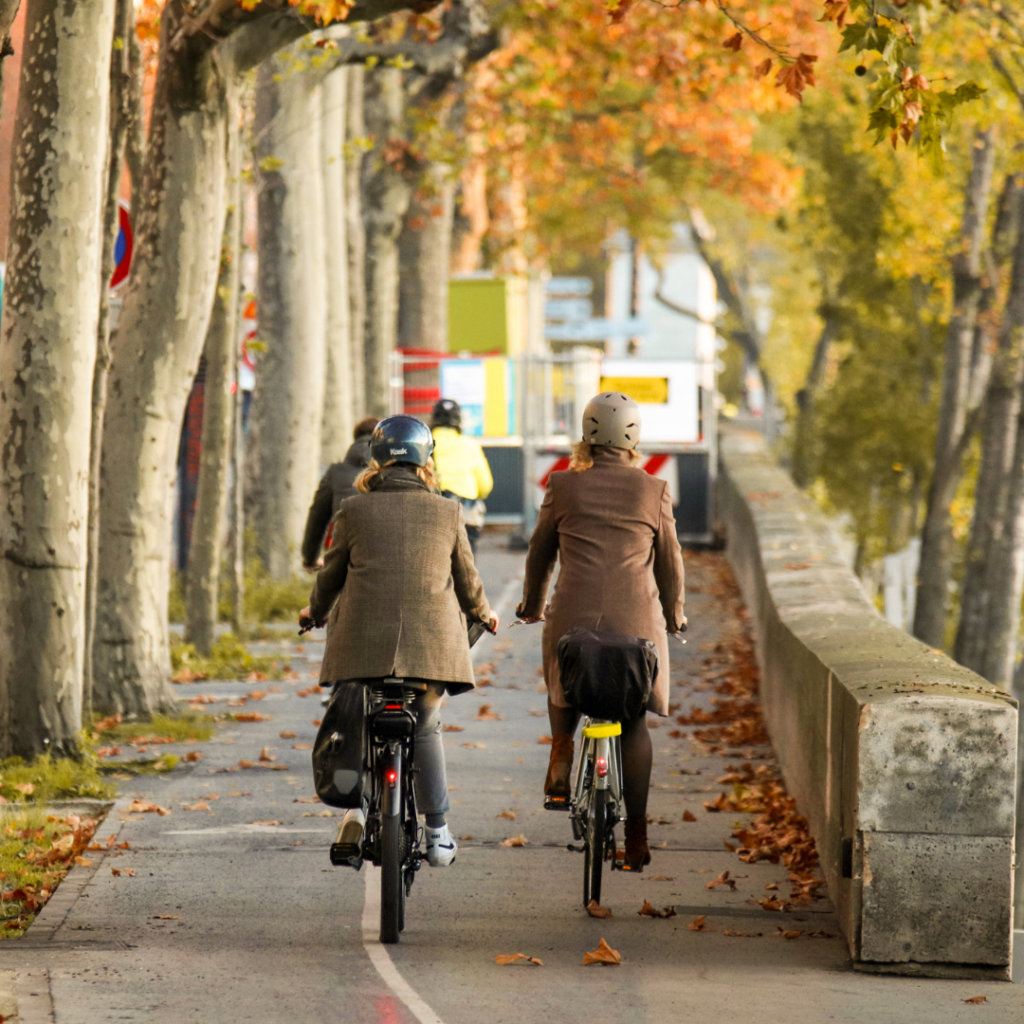
As you likely know from first hand experience, a stroke changes your life in an instant. From one day to the next, your routine, habits, comforts, and ease become disrupted. You learn words you never knew, fill prescriptions you never had, and schedule appointments that might be hard to make. And to top it all off, you might have emotions that interfere with being able to do everything you “need to do”.
How’s that for opening remarks for this month’s topic about… riding a bike? Let me explain:
“It’s just like riding a bike” refers to doing something you haven’t done in a long time that feels like you never stopped when you “get back on” again. When someone is ready to “get back” to doing something they did before a stroke, chances are it won’t be as simple. Physical deficits can include visual changes, weak limbs, spastic muscles, and balance difficulty. Speech and language might
impede communication. Neurofatigue can require lots of rest. Each or all of these considerations can make “getting back on the bike” challenging. Something that once came naturally and easily, now requires new learning and acceptance.
Whether you had a stroke or know someone who has, adjusting life after stroke is not “just like riding a bike”.
Recently, one of my clients explained that since his stroke, he lacks the confidence to be able to resume investing. As I coached him along, he expressed that he can calculate numbers, understand what they reflect, and that he checks his bank app weekly. And then he said, “But it’s not like riding my bike”! This particular gentleman, a long distance bike rider before his stroke, has been able to cycle again. He goes shorter distances, rides with fewer people, and sometimes feels like riding indoors on a stationary bike. He was able to “get back” to doing something he loves and feels grateful to be able to do again.
When my client provided examples of the way his wife has been preparing their taxes and that his financial portfolio has been unchanged since his stroke, I could tell he was frustrated and longing. The right kind of questions and suggestions allowed him to recognize not only potential ways he could “get back” to investing, but that he was able to shift his mindset. We acknowledged that as a stroke survivor he can approach life with a growth mindset and learn to do things differently. He didn’t need to feel stuck. We created a list of financial terms and types of investments. He agreed that choosing one category to review and compare to last year, would feel least risky. He said it was “fine” for him to review statements with his wife and ask her to highlight important information. He
began to feel eager to look at the file she has been keeping since his stroke. My client felt optimistic.
Whether a stroke has caused you to stop working, use support to walk, change your diet, speak in new ways, or take life a little bit slower, there are ways to “get back on the bike”. It may not be the same exact ride but if you are willing to make modifications, comfortable asking for assistance as needed, open to learning new things, and giving yourself well deserved recognition, there are ways to do things you love. Mindset is SO powerful. A slight shift in the way you think can make BIG changes in the way you act.
I’ve got a free resource about mindset that you can access from my instagram account or by emailing me.